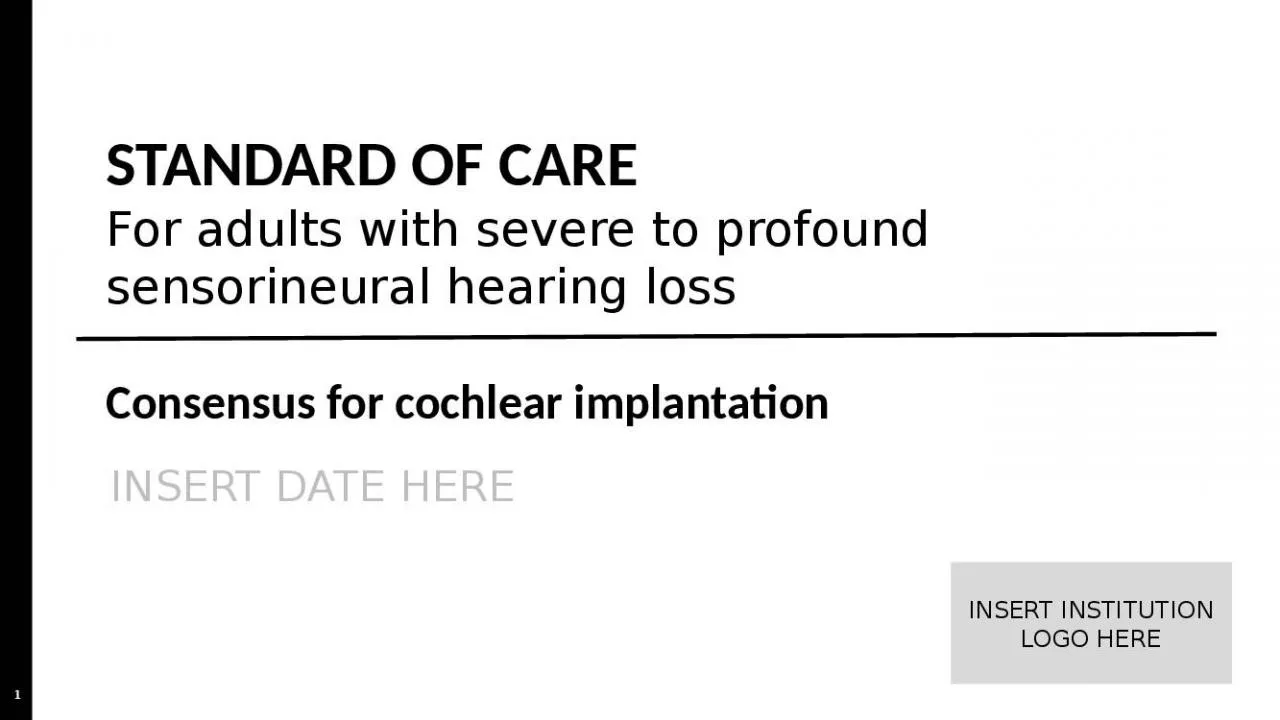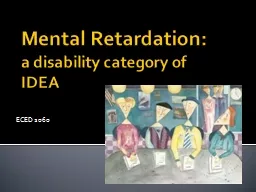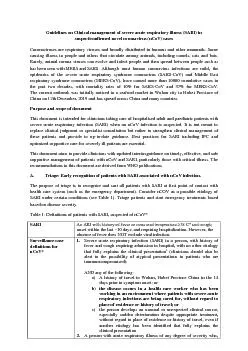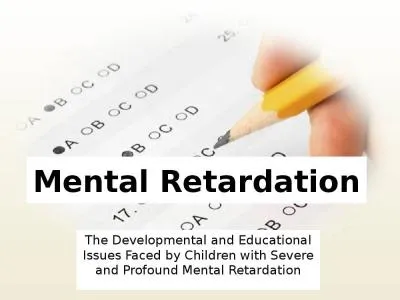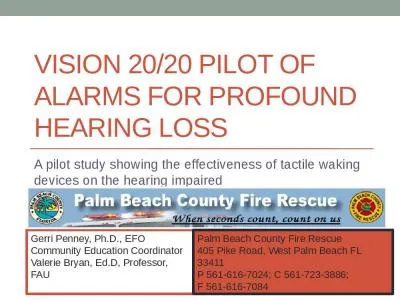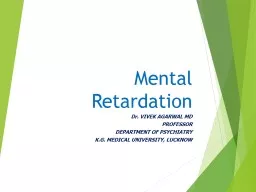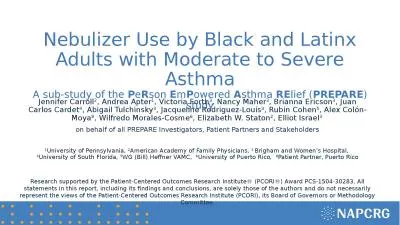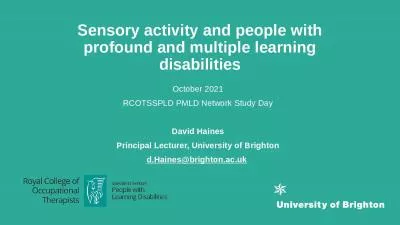PPT-STANDARD OF CARE For adults with severe to profound
Author : everly | Published Date : 2022-05-14
sensorineural hearing loss Consensus for cochlear implantation INSERT DATE HERE INSERT INSTITUTION LOGO HERE 1 Disclosures The Delphi process and medical writing
Presentation Embed Code
Download Presentation
Download Presentation The PPT/PDF document "STANDARD OF CARE For adults with severe..." is the property of its rightful owner. Permission is granted to download and print the materials on this website for personal, non-commercial use only, and to display it on your personal computer provided you do not modify the materials and that you retain all copyright notices contained in the materials. By downloading content from our website, you accept the terms of this agreement.
STANDARD OF CARE For adults with severe to profound: Transcript
Download Rules Of Document
"STANDARD OF CARE For adults with severe to profound"The content belongs to its owner. You may download and print it for personal use, without modification, and keep all copyright notices. By downloading, you agree to these terms.
Related Documents

